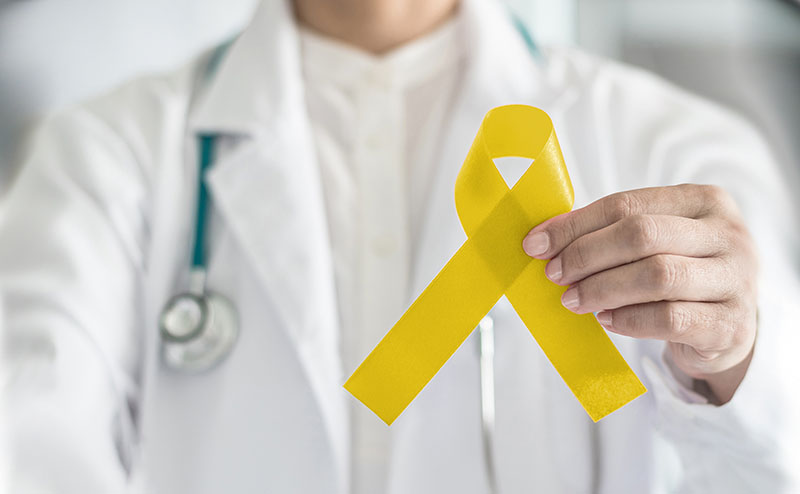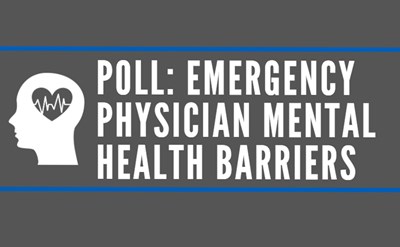Emergency departments frequently encounter suicidal patients, or those at risk of suicide, and emergency physicians play an important role in the diagnosis, treatment and prevention of suicidal behaviors. Emergency physicians may be the only source of medical care for patients struggling with suicidal thoughts or behaviors.
If a patient visits the emergency department because of thoughts of self-harm, they will be examined then treated or stabilized as soon as possible. Anytime additional psychiatric experts are necessary, patients will be stabilized and safe until appropriate care is available.
An estimated 39 percent of individuals who die by suicide visit an emergency department in the year prior to their death. ACEP and the American Foundation for Suicide Prevention (AFSP) developed an online-based suicide risk assessment and treatment tool, iCAR2E, to help assess and manage patients struggling with thoughts of suicide. The two organizations have partnered as part of Project 2025, which aims to reduce the annual suicide rate by 20 percent by 2025.
Emergency physicians identify and reduce suicide risks by incorporating suicide screening tools and coordinating delivery of appropriate follow-up care so that at-risk patients have a better chance at avoiding harm.
Project 2025 is focused on four critical areas where evidence points to saving the most lives in the shortest amount of time:
- Firearms
- Health care systems
- Emergency departments
- Corrections systems
By encouraging the acceptance and adoption of suicide screening and delivery of follow-up services as a standard of emergency care, emergency physicians have a greater chance of preventing suicide in these at-risk individuals.
 American College of Emergency Physicians
American College of Emergency Physicians







